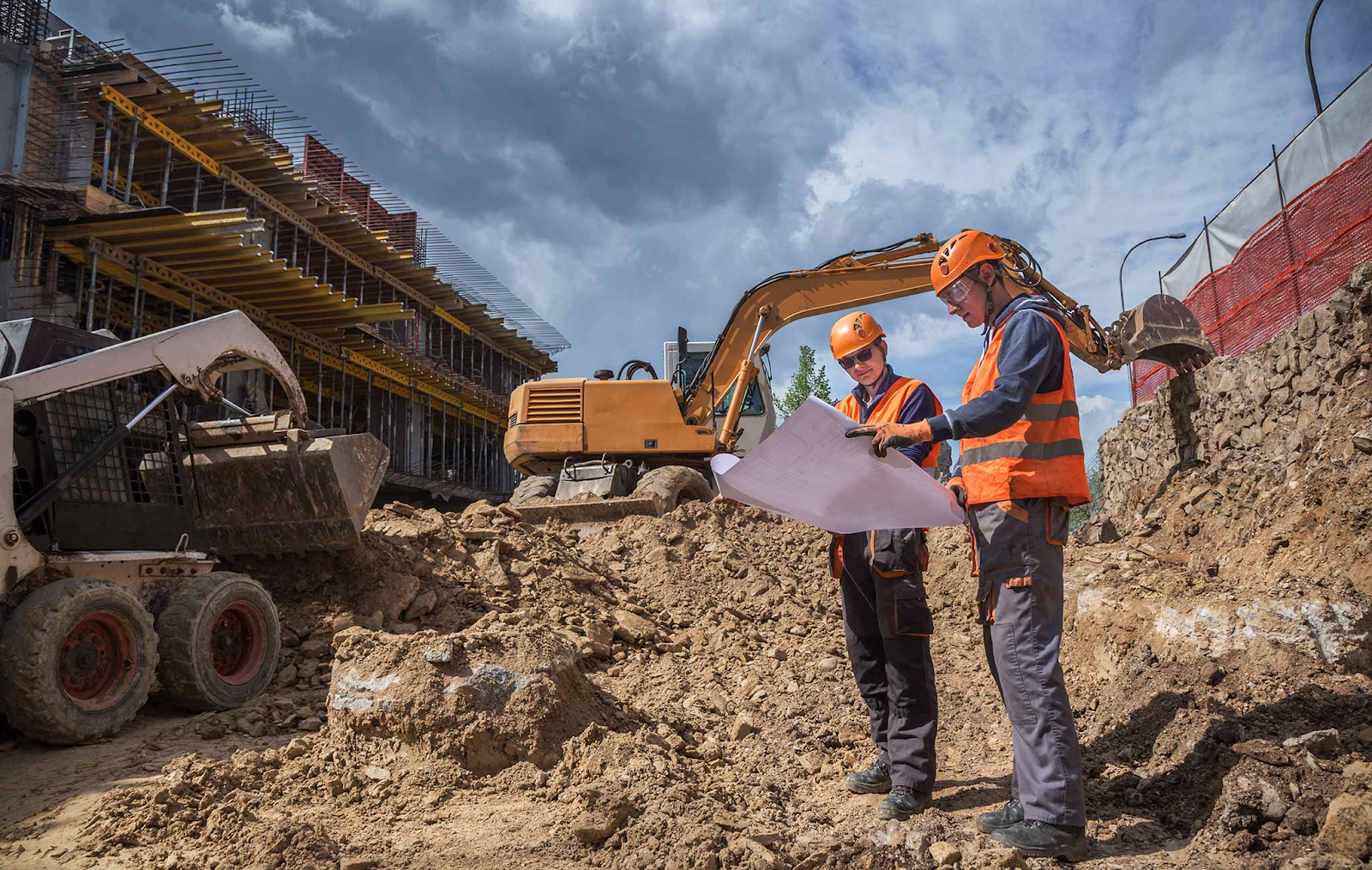Some Known Details About Geotechnical Engineering For Construction Projects
Some Known Details About Geotechnical Engineering For Construction Projects
Blog Article
7 Simple Techniques For Geotechnical Engineering For Construction Projects
Table of ContentsGeotechnical Engineering For Construction Projects - An OverviewThe Best Guide To Geotechnical Engineering For Construction ProjectsThe Greatest Guide To Geotechnical Engineering For Construction ProjectsHow Geotechnical Engineering For Construction Projects can Save You Time, Stress, and Money.The Definitive Guide for Geotechnical Engineering For Construction ProjectsThe Only Guide for Geotechnical Engineering For Construction Projects
These attributes need to be examined by geotechnical designers to anticipate their movements under various conditions., making this evaluation needed., in enhancement to exactly how they engage with buildings that have been put up on or within them, is one of the primary explanations for why geotechnical design is important.
Environmental security is accomplished with geotechnical engineering. Competence in air, water, and soil high quality maintenance is put to utilize by geotechnical engineers to reduce the negative effects of projects.
To sum up, geotechnical design is an important discipline that preserves the resilience and integrity of civil facilities. Geotechnical designers add to making building projects reliable all over the world by recognizing the practices of planet materials and using proper planning approaches.
Geotechnical Engineering For Construction Projects Can Be Fun For Anyone
The foundational stability of any type of task is essential. Geotechnical engineering plays a crucial function in making certain that structures are improved strong ground, essentially and figuratively. By examining soil, rock, and subsurface conditions, geotechnical engineers offer important insights that help in the design, building and construction, and upkeep of structures and framework.

The Geotechnical Engineering For Construction Projects Statements
Research laboratory screening: Establishing the residential properties of dirt and rock. Several prominent building and construction tasks have efficiently used geotechnical engineering to ensure their security and safety and security.

As a leader in geotechnical design, BECC Inc. is committed to providing ingenious and reliable services that fulfill the highest possible criteria of top quality and security. To find out more on exactly how BECC Inc. can support your next building project, contact us today and let us aid you improve strong ground.
William Rankine, an engineer and physicist, developed an alternative to Coulomb's earth stress theory. Albert Atterberg developed the clay uniformity indices that are still used today for dirt category. In 1885, Osborne Reynolds identified that shearing reasons volumetric extension of thick materials and tightening of loose granular materials. Modern geotechnical engineering is said to have begun in 1925 with the magazine of Erdbaumechanik by Karl von Terzaghi, a mechanical designer and rock hound.
The 6-Minute Rule for Geotechnical Engineering For Construction Projects
Terzaghi additionally developed the structure for concepts of bearing capacity of foundations, and the concept for prediction of the rate of negotiation of clay layers due to debt consolidation. Later on, Maurice Biot completely created the three-dimensional dirt combination theory, expanding the one-dimensional design previously developed by Terzaghi to much more article source basic hypotheses and introducing the set of fundamental equations of Poroelasticity.
Geotechnical designers explore and determine the residential properties of subsurface conditions and materials. They additionally make corresponding earthworks and retaining structures, tunnels, and structure foundations, and may manage and evaluate websites, which may even more involve website tracking along with the threat assessment and reduction of natural hazards - Geotechnical Engineering for Construction Projects. Geotechnical engineers and engineering geologists perform geotechnical examinations to acquire details on the physical buildings of dirt and rock underlying and beside a site to create earthworks and structures for suggested frameworks and for the repair of distress to earthworks and structures brought on by subsurface problems.
The smart Trick of Geotechnical Engineering For Construction Projects That Nobody is Discussing
Geologic mapping and interpretation of geomorphology are generally finished in examination with a rock hound or design rock hound. Subsurface expedition generally involves in-situ testing (for instance, the typical infiltration examination and cone infiltration test). The digging of examination pits and trenching (especially for finding faults and slide aircrafts) might additionally be made use of to find out concerning dirt conditions at deepness. Still, they are in some cases made use of to enable a rock hound or engineer to be reduced into the borehole for straight aesthetic and hand-operated assessment of the dirt and rock stratigraphy. Numerous soil samplers exist to meet the needs of various engineering tasks. The standard infiltration test, which utilizes a thick-walled split spoon sampler, is the most common means to collect disturbed samples.

If the user interface between the mass and the base of an incline has an intricate geometry, incline security analysis is challenging and mathematical remedy approaches are needed. Usually, the user interface's exact geometry is unknown, and a simplified user interface geometry is thought. Limited slopes require three-dimensional versions to be assessed, so most inclines are evaluated assuming that they are definitely large and can be represented Extra resources by two-dimensional versions.
The Best Strategy To Use For Geotechnical Engineering For Construction Projects
Creating pop over to this web-site the layout based on a working hypothesis of behavior expected under the most potential conditions. Option of amounts to be observed as building earnings and calculating their expected values based on the functioning hypothesis under the most negative conditions.
Dimension of quantities and assessment of actual conditions. Style modification per real conditions The empirical technique appropriates for construction that has currently begun when an unforeseen advancement occurs or when a failure or accident looms or has actually currently happened. It is improper for tasks whose style can not be altered during building.
Report this page